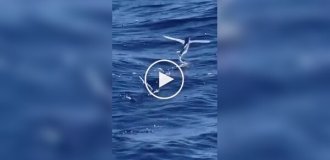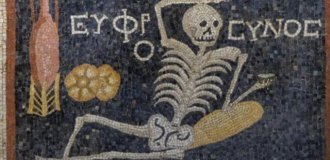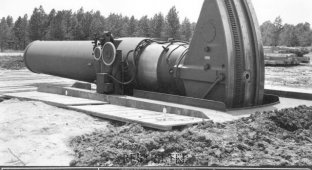The photograph shows the longest-range cannon, also known as the “Kaiser Wilhelm Trumpet” (German: Kaiser–Wilhelm–Rohr) and the “Colossal” (German: Kolossal). It was developed as a naval cannon. Designed to bombard Paris from long distances. The Paris Cannon fired its first shot at Paris at 7:18 a.m. on March 21, 1918. It was destined to fight only until August of the same year.

Excessively elongated but relatively thin trunk. weighing 138 tons, it sagged from its own weight. It even had to be supported with steel cables. After each shot, it hesitated for 2-3 minutes. At the end of the shooting, it even had to be removed using gantry cranes and straightened.
As for the caliber, the “Paris Cannon” had one interesting feature. Each shot “erased” the metal from the inside of the barrel, and the caliber became a little larger. If immediately after production the caliber of the supergun was 210 mm, then after firing it increased to 240 mm. Knowing this, the practical Germans produced numbered shells - from 1 to 65, each of which was slightly larger than the previous one. They had to be released in strict sequence, and after the 65th the barrel had to be changed.
After the start of a powerful offensive by the Entente troops in August 1918, the Germans destroyed the “Paris Cannon” so that it would not fall to the enemy. Only a few spare parts survived from it, found by the Americans near Chateau Terri.
The Paris Gun shells were the first man-made object to rise into the planet's stratosphere. This success would be repeated only in 1942 by the German V-2 rocket.



























